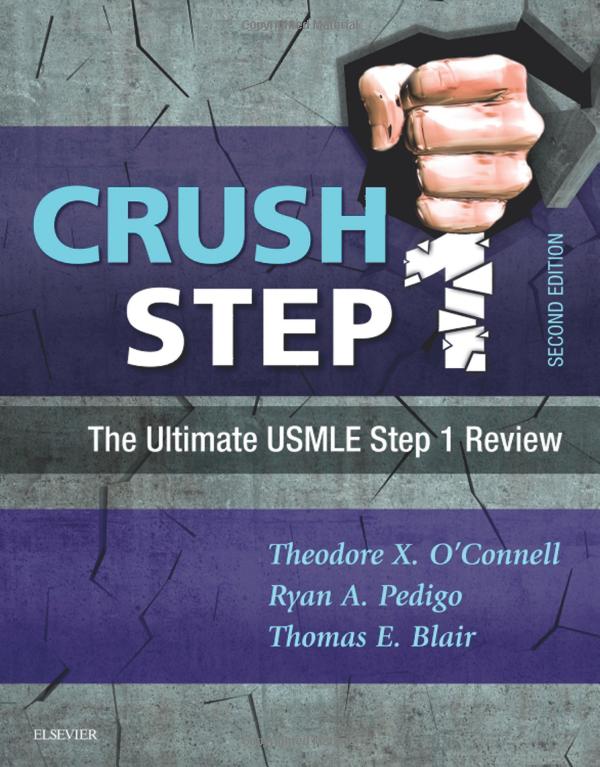A 43-year-old man presents to the emergency department with substernal chest pain that started during his usual Sunday morning walk two hours ago. He describes it as a pressure sensation and that it was alleviated by rest and nitroglycerin. He reports that his father and brother both passed away from myocardial infarctions at the age of 45 years. His medical history is significant for hypertension and hyperlipidemia. He takes atorvastatin for the hyperlipidemia. He started lisinopril 8 weeks ago and reports that he has had a dry nagging cough which started shortly after starting this medication. His vital signs are blood pressure 140/90 mmHg, temperature 98.9°F (37°C), pulse 102 beats/minute, and respirations 28/minute. A cardiac workup is initiated.
B) Inhibits the conversion of angiotensin I to angiotensin II
Lisinopril is an angiotensin-converting enzyme (ACE) inhibitor. The renin-angiotensin-aldosterone system (RAAS) is responsible for regulating the body’s blood pressure and is initially triggered with the juxtaglomerular apparatus (JG cells) in the afferent arteriole of the kidney sense a decrease in perfusion. The JG cells secrete renin into the bloodstream. Renin cleaves angiotensinogen in the bloodstream into angiotensin I. Angiotensin I is converted to angiotensin II by ACE, which is found mostly in the pulmonary endothelium. Angiotensin II is a potent vasoconstrictor and increases blood pressure by increasing systemic vascular resistance. Angiotensin II also stimulates release of aldosterone from the zona glomerulosa of the adrenal gland cortex. Aldosterone acts on the distal tubules to increase sodium reabsorption. ACE inhibitors work by blocking angiotensin-converting enzyme, preventing the conversion of angiotensin I to angiotensin II and halting the RAAS. Dry cough occurs in approximately 8-10% of patients who take an ACE inhibitor. The cough is caused by the accumulation of inflammatory compounds such as bradykinin and substance P.
Answer A, inhibits HMG-CoA reductase in the synthesis of cholesterol, describes the mechanism of action of statin medications.
Answer C, stimulates the angiotensin II receptors to secrete aldosterone, describes the mechanism of action of angiotensin II.
Answer D, stimulates the conversion of angiotensinogen to angiotensin I, is not correct. Renin cleaves angiotensinogen to angiotensin I.
Answer E, stimulates the synthesis of bradykinins, is incorrect. ACE inhibitors do cause increased bradykinin levels because ACE typically removes bradykinin, but they do not stimulate the synthesis of bradykinins.
Key Learning Point
ACE inhibitors work by inhibiting the conversion of angiotension I to angiotensin II.


